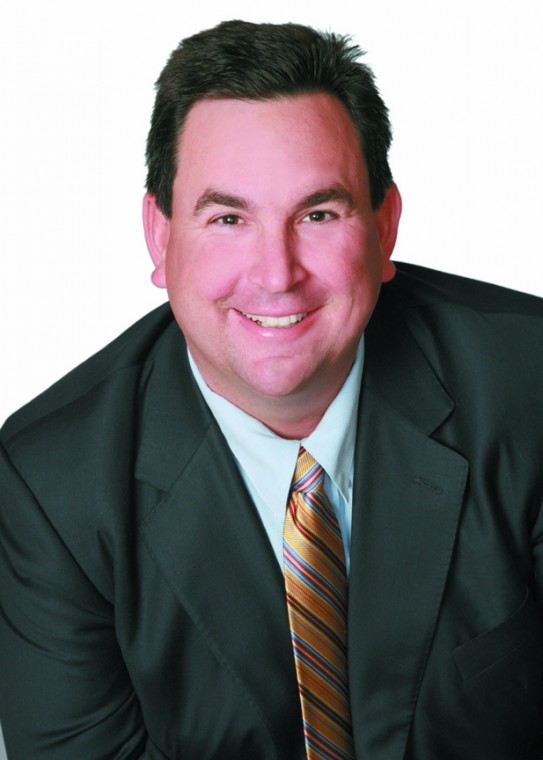Is a new home financing system ahead? In the text of a speech delivered Aug. 6, President Obama said: “I believe that while our housing system must have a limited government role, private lending should be the backbone of the housing market.” This statement came as part of call for winding down Fannie Mae and Freddie Mac and revamping home financing in America.
How might the playing field change? Right now, Fannie and Freddie backstop almost 90 percent of U.S. home loans. They are also $187.5 billion in debt to taxpayers, a result of the 2008 bailout that rescued them from the edge of insolvency. Two measures are already underway in Congress to replace both government-sponsored enterprises within the next few years.
If a bipartisan bill introduced this spring by Sen. Bob Corker (R-Tenn.) and Mark Warner (D-Va.) becomes law, it would transfer lending risk over to private capital. The proposed legislation would require private lenders to assume the first 10 percent of losses on individual home loans, and stay sufficiently capitalized to counter major losses. A new federal agency – the Federal Mortgage Insurance Corporation, or FMIC – would regulate the mortgage industry and act to insure banks in a crisis. Just how would it be funded? A fee would be assessed on each mortgage issued. In the vision of the bill, the FMIC would pay for itself thanks to those fees and have enough left over to fund the construction of affordable multifamily properties and provide assistance to low-income homebuyers.
Another bill written by House Financial Services Committee chairman Rep. Jeb Hensarling (R-Texas) would terminate Fannie Mae and Freddie Mac without a replacement – the FHA would be the last remaining U.S. mortgage backstop. As Bloomberg notes, no House Democrats have emerged to support that bill – and as the Baltimore Sun notes, the bill drafted by Sens. Corker and Warner stands little chance of getting past the House. So it seems the playing field might be reshaped only after considerable compromise, and not in the short term.
Aren’t Freddie and Fannie turning a profit now? Yes, but none of it is paying for their bailout. The GSEs have now returned more than $131 billion in dividends to the Treasury, but that money represents ROI for Uncle Sam. It doesn’t whittle away the $187.5 billion owed to taxpayers.
What would happen to mortgage rates without Fannie and Freddie? They would almost certainly rise. Private lenders have little motivation to finance home loans the way the rules are now, and it would take significant incentives to bring them back into the market. As Moody’s Analytics chief economist Mark Zandi told CNBC, “[That] will mean higher mortgage rates. The question is how much higher.” In particular, first-time or lower-income homebuyers might find it tougher to qualify for a loan. (In one key respect, it has grown tougher: the average credit score for a Fannie and Freddie loan in 2012 was 756, compared to 720 in 2006.)
Would the 30-year FRM become an endangered species? That is another concern. Without Fannie and Freddie around to guarantee home loans against defaults, the worry is that the standard American mortgage would become scarce. In many other nations, 30-year home loans are unconventional. The fear is that banks would address the default risks of 30-year mortgages by asking for larger down payments and demanding higher interest rates.
True change will likely take a few years. It is hard to imagine Fannie and Freddie liquidating their portfolios and going out of business soon. Reform will probably proceed gradually – very gradually. President Obama’s call to unwind both GSEs and the recent proposals to replace them certainly amount to interesting food for thought.
Brad Ledwith is a certified financial planner and runs his own wealth management firm in Morgan Hill. He is a registered representative with and offers securities through LPL Financial, member FINRA/SIPC. CA Lic. OC69547. If you have financial questions you would like to have answered in this column in the future, email br**@**************al.com.










